Cards
(QUICK LINKS: Decks | plants | mammals | birds | | reptiles | fish | cephalopoda | insects | microbe | events
( scientist | project | modifier | technique |)

Scorpionfly
Miriholcorpa forcipata

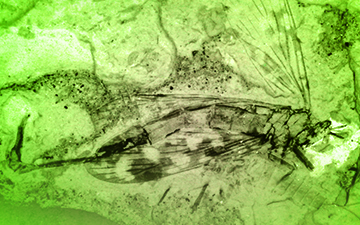
2 POINTS
Play: Scorpionfly had a FLIGHT of 2.
Fact: The Scorpionfly had a general bulb that was enlarged with pincer-like structures, and thought to be used in intrasexual competition with males, and/or a sexual display to attract females.

Norfolk Island Pine
Araucaria mirabilis

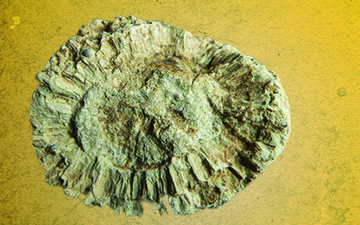
2 POINTS
Fact: Araucarian conifers were dominant during the Jurassic period. They were found in tropical rain forests.

Tuojiangosaurus
Tuojiangosaurus

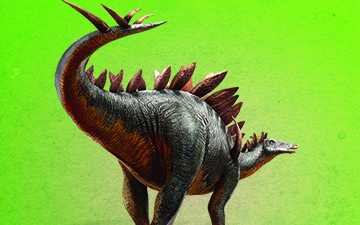
3 POINTS
Play: Tuojiangosaurs had a MOVE of 2.
Fact: Fed on low growing ferns and cycads. Had four paired spines at the end of its tail that it used for defense.

Omeisaurus
Omeisaurus


3 POINTS
Play: Omeisaurus had a MOVE of 2.
Fact: Predators may have deterred from attacking Omeisaurus, not only because of its huge size, but also because it had a huge bony tail club (and possibly tail spikes).

Dragonfly
Tarsophlebia eximia

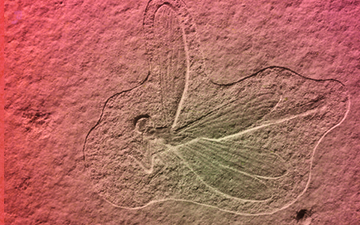
7 POINTS
Play: Dragonfly had a FLIGHT of 2.
Fact: This organism belonged to an extinct family of Odonates from the upper Jurassic and lower Cretaceous period of Eurasia.

Williamsonia Gigas
Williamsonia gigas

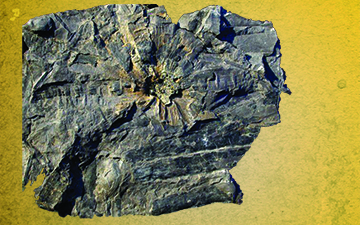
2 POINTS
Fact: This is a seed plant that resembled cycads and belonged to the group, Bennettitales.It produced flowers up to 10 cm in length